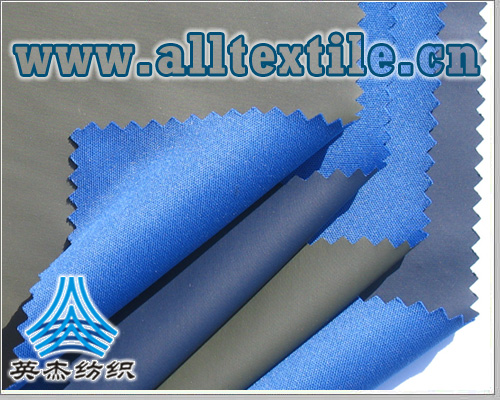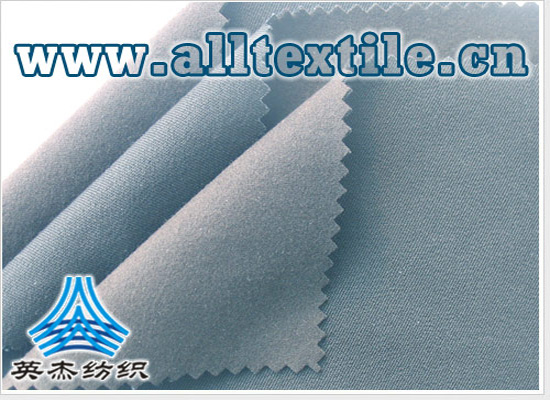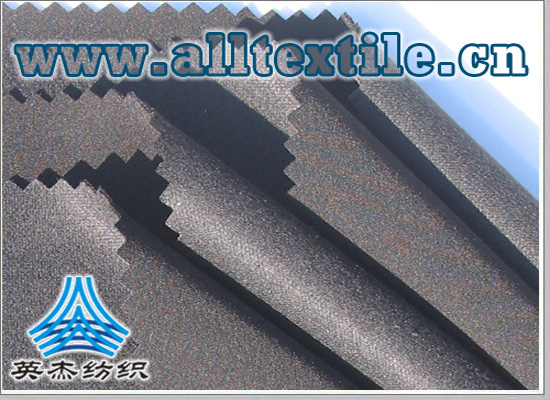Is it just a matter of time before digital printing replaces traditional printing?
What is the difference between “pigment printing, reactive printing, transfer printing and digital printing” in bedding?
Whether online or in a physical store, shopping guides often tell us that this product uses “reactive printing” or “digital printing” as a selling point. So what are the differences between different printing processes? Today Dashu will let you talk about the mystery in between.

According to different dyes, printing is divided into “coating, reactive, dispersion”, etc. According to the printing and dyeing process, it is divided into “flat screen printing”, “rotary screen printing”, “transfer printing”, “digital printing”, etc. Due to different dyes or printing processes, the printing effect, hand feel and color fastness are also different.
Pigment printing
Pigment printing is more common on low-cost fabrics; the metaphor is “brushing the fabric with a paint-covered brush, which is a bit like painting a wall”; you can imagine that such fabrics must feel harder and rub the color at the same time. The fastness is poor, think carefully before buying.
Some pigment printing uses better adhesives, so that the hand feel can achieve an effect similar to reactive printing, which we call imitation reactive printing; however, the hand feel of this type of printed fabric will be worse after being washed. So it is still a hard truth that you get what you pay for.

Reactive printing
Reactive printing generally appears in high-priced products; the metaphor is that “dye molecules are absorbed into the fabric fibers, making the front and back sides the same color.” The fabric printed with this dye has a soft feel and higher color fastness. Of course, It is normal for the color to fade in the water.
Transfer printing
Transfer printing generally appears on 100% polyester fabrics. The metaphor is “first print the pattern on the paper, and then transfer the paper to the fabric by heating.” This dye is insoluble in water, so it is generally only suitable for 100% polyester fabrics. Above, the printed pattern is more three-dimensional.
Digital printing

This is a popular printing method in recent years. Traditional printing is done through plate making, while digital printing is similar to inkjet printing or inkjet printing. The pattern is very clear and realistic. However, because the printing speed is slow, the production cost is relatively high, and it is a high-end product.





